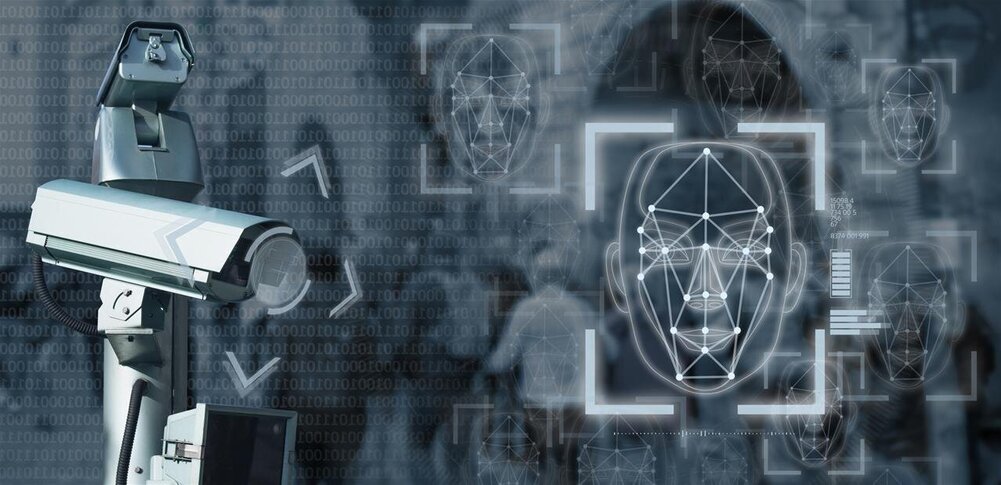Arange of regulatory changes and new hires from the Biden administration signals a more proactive stance by the federal government towards artificial intelligence (AI) regulation, which brings the U.S. closer to that of the European Union (EU). These developments are promising, as is the inclusion of AI issues in the new EU-U.S. Trade and Technology Council (TTC). But there are other steps that these leading democracies can take to build alignment on curtailing AI harms.
Since 2017, at least 60 countries have adopted some form of artificial intelligence policy, a torrent of activity that nearly matches the pace of modern AI adoption. The expansion of AI governance raises concerns about looming challenges for international cooperation. That is, the increasing ubiquity of AI in online services and physical devices means that any new regulations will have important ramifications for global markets. The variety of different ways that AI can be trained and deployed also complicates this picture. For example, AI systems may be hosted in the cloud and accessed remotely from anywhere with an internet connection. Retraining and transfer learning enable different teams to jointly develop an AI model with many datasets while working out of multiple countries. Edge and federated machine learning techniques enable physical products around the world to share data that affects the function of their AI models.
Mots-clés : cybersécurité, sécurité informatique, protection des données, menaces cybernétiques, veille cyber, analyse de vulnérabilités, sécurité des réseaux, cyberattaques, conformité RGPD, NIS2, DORA, PCIDSS, DEVSECOPS, eSANTE, intelligence artificielle, IA en cybersécurité, apprentissage automatique, deep learning, algorithmes de sécurité, détection des anomalies, systèmes intelligents, automatisation de la sécurité, IA pour la prévention des cyberattaques.






